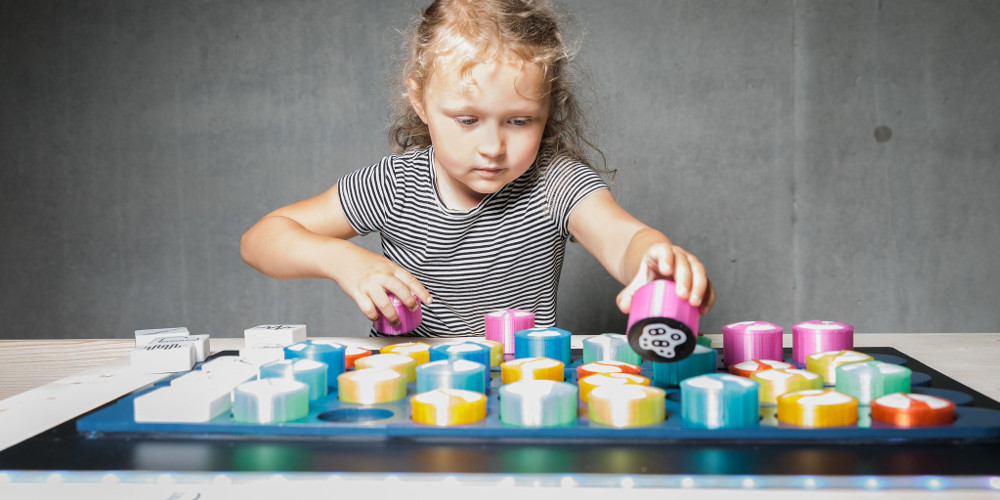There is a lot of articles and books that try explain what are the principles of interaction design. These show to us the “correct” way of designing but the big questions are: do these principles prioritise beauty or practicality? Does interactive design work in the same way for different age groups?
The main objective of this project is to analyse and break down the 100 basic principles of interactive design in order to find which of these are applied in interactive installations for children. It is also intended to take into account the concept of “Design for All” but in a more closed way and trying to address age differences.
The exhaustive study of the principles and the analysis of similar works in the field of children’s education based on interaction, will help us to generate a small guide to interactive design aimed at children in installations in order to be able to apply it to future projects.
This will also highlight the importance of the interactive method of education, which helps children to better absorb and apply the concepts they learn. Above all, highlighting the idea of “gamification” as a central point of interaction and learning.

ARS Electronica – Kid’s research laboratory https://ars.electronica.art/center/en/exhibitions/kids/

Potion Design – MelaB https://www.potiondesign.com/project/melaB/
REFERENCES
Hanna, M (2021). UX Crash and Burn: UX brought down the 737 Max and it is UX that can save lives. [World Usability Congress]. https://bit.ly/3AMMAgm
Lidwell, W., Holden, K., & Butler, J. (2010). Universal principles of design, revised and updated: 125 ways to enhance usability, influence perception, increase appeal, make better design decisions, and teach through design. Rockport Pub.
Montero, Y. H. (2006). Factores del diseño web orientado a la satisfacción y no-frustración de uso. Revista española de documentación científica, 29(2), 239-257.
Norman, Donald. (2002). Emotion & design: attractive things work better. Interactions, 9(4), 36-42.
Paterno, F. User Interface Design Adaptation. https://www.interaction-design.org/literature/book/the-encyclopedia-of-human-computer-interaction-2nded/user-interface-design-adaptation
Prensky, Marc. (2001) Digital Natives, Digital Immigrants. On the Horizon
Sanford, Kathy, and Leanna Madill (2007). Understanding the Power of New Literacies through Video Game Play and Design. Canadian Journal of Education.
Schaaf, Ryan (2012). Does digital game. based learning improve student time-on-task behavior and engagement in comparison to alternative instructional strategies? Canadian Journal of Action Research.
Stephanidis, C. Design for all. https://www.interaction-design.org/literature/book/the-encyclopedia-of-human-computer-interaction-2nd-ed/design-4-all